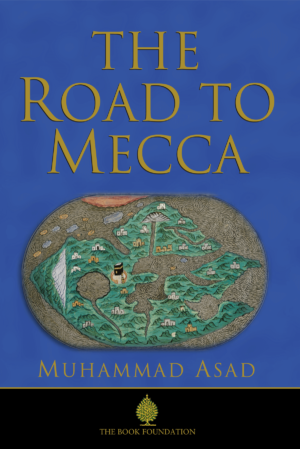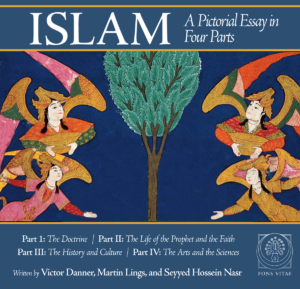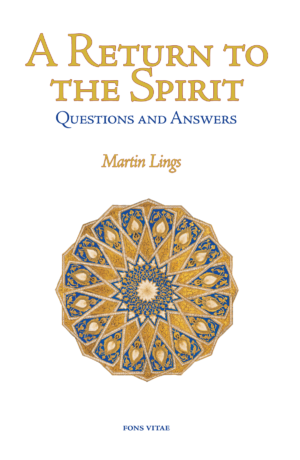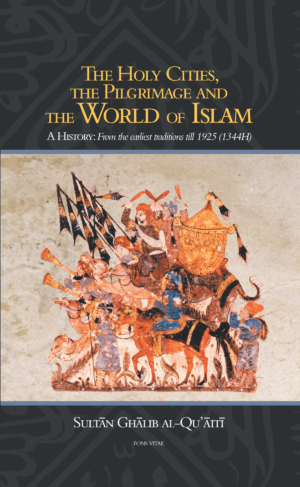The Arab contribution to human progress–astronomy, mathematics, cosmology, the variety and magnificent wealth of architectural form–is a remarkable legacy of a people who entered the land as conquerors and became peaceful rulers. From the establishment of the first mosque in Cordova in 785 until the time of their expulsion by the Catholic kings in 1492, the Moors dominated the intellectual life of the area and had a profound impact on European civilization, which assimilated many of their ideas.
The author lived for many years in Morocco. His intimate knowledge of the language and his sensitive translations of Arabic religious and philosophic works won him renown in the academic world. In this beautifully illustrated volume, he united the brilliant artistic fluorescence of Moorish culture with the spiritual and poetic expressions into a wonderfully comprehensive landscape, which no lover of art, no visitor to Spain, no one halfway interested in Spanish art and culture should be without.
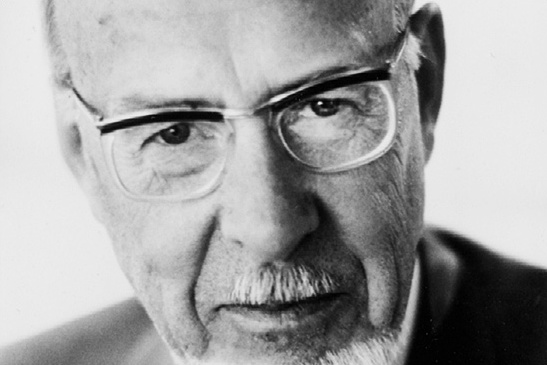
TITUS BURCKHARDT, a German Swiss, was born in Florence in 1908 and died in Lausanne in 1984. He is perhaps best known to the general public as an art historian. He won much acclaim for producing and publishing the first successful full-scale facsimiles of the Book of Kells, a copy of which he presented to Pope Pius XII at his summer residence at Castel Gandolfo. He later acted as a specialist advisor to UNESCO, with particular reference to the preservation of the unique architectural heritage of Fez.
Besides his studies in Islamic art, mysticism, and culture, such as Introduction to Sufi Doctrine, Fez: City of Islam, and Moorish Culture in Spain, his best known works are: Sacred Art in East and West, Siena: City of the Virgin, Chartres and the Birth of the Cathedral, and Alchemy: Science of the Cosmos, Science of the Soul. Two notable compendiums of his work have also been published: Mirror of the Intellect: Essays on Traditional Science and Sacred Art and The Essential Titus Burckhardt: Reflections on Sacred Art, Faiths, and Civilizations, both translated and edited by William Stoddart.


